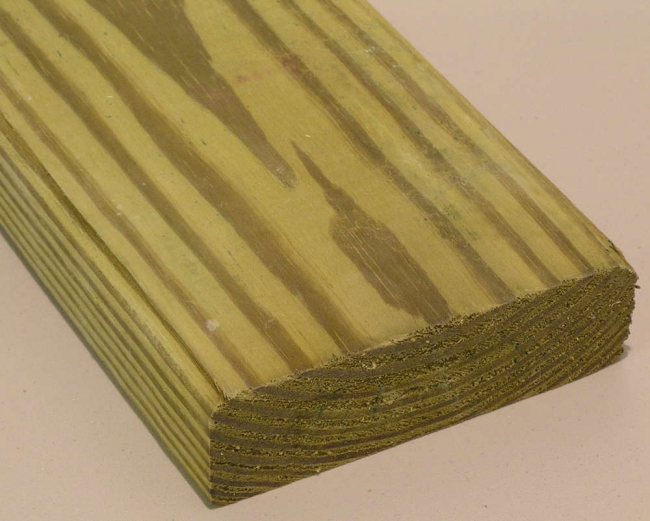
One of the most popular options while using wood in something is to use pressure treated wood. To some, the concept can be quite controversial due to various chemicals used in its forming process. This article is to clear all the myths that shroud pressure treated woods and educate you on the facts of such woods and their uses.
What is pressure treated woods?
Wood is a biodegradable product that can be renewed, reused and recycled. However, on the downside, not all species of woods are of the same kind in durability. Some are more durable than others and to sort out this, the concept of pressure treating woods has come up. The technology of creating pressure treated woods has opened up new possibilities in respect of using various kinds of woods. The woods are long-lasting and durable and can be used for a variety of purposes. The chemicals used make the wood resistant to decay, fungus or mold and insects. Not only that, they are not at all expensive too.
How are pressure treated woods formed?
Until the year 2003, the wood so formed were treated with CCA or chromate copper arsenate. This product contains carcinogen arsenic which is not only dangerous for humans but for animals and plants alike. In fact, the burning or even placing this kind of pressure treated wood near growing vegetable can be harmful for the environment. So there arose the need to be careful and with that concerns arose with the health and safety of using this product. The negativity gave way to a new and improved method of creating pressure treated woods – ACQ (alkaline copper quaternary) which refrains from using toxic chemicals such as mentioned before. As suggested by the name itself, ACQ uses a copper-based preservative and it is not only safer but cost-effective as well.
The different grades of the wood and their ratings are:
- Ground contact – .40
- Above ground – .25
- Fresh water contact – .40
The level of saturation in the process of treating decides the ratings.
Is it safe or is it harmful to the environment?
The pressure treated woods that were available before 2003 in the market were serious concerns regarding the health and safety issues. Due to the toxic chemicals used not only did we have to be careful in the way of handling, but the woods could not be multifunctional in use as well. But with restrictions falling in place and stoppage of using the chemicals have resulted in making them a lot healthier and safer options. The ACQ treatment renders the wood non-toxic and safe. However, we are yet to receive any information on whether the chemical has any harmful effects in the long run.
Advantages and its various uses
The main advantage associated with pressure treated wood is its longevity. It is water-resistant and the chemical used forms a shield and protects against such menace to woods like termites, insects, mold, fungus, etc so that the wood stays brand new for a longer period of time. In fact, most such wood manufacturers give a warranty of about 15-25 years on their products. Regular treatment after a period of time, will keep your wood looking fresh and new.
These pressure treated woods are multifunctional and can be used for anything and everything. But most often for outdoor decking, in playground equipment, utility poles, boat docks, etc.
Cleaning of pressure treated wood
To increase the life and luster of wood, it is important to clean and maintain it and pressure treated wood need slightly more attention. Before starting, clean off any debris with a broom that has natural fibers. Use hose water to wet as well as clear the surface of any more debris. Use wood cleaner dissolved in warm water, and spray the product on the wood. Let it settle for about 10 minutes. Scrub it by using a broom or mop, with the wood’s grain. This helps avoid any damage. Rinse off the wood by using the hose. Dry it by giving it one or two days in dry weather. Apply finish or stain to make it look brand new!
While buying the cleaning product, make sure to keep in mind the various specifications that come with the particular wood used. This helps in finding the perfect product for you.
Conclusion
Although pressure treated woods were toxic when first conceptualized, the later concerns that arose has resulted in healthier and safer alternative. Now, with new innovation, not only it has become Eco-friendly, but useable for household products as well.




